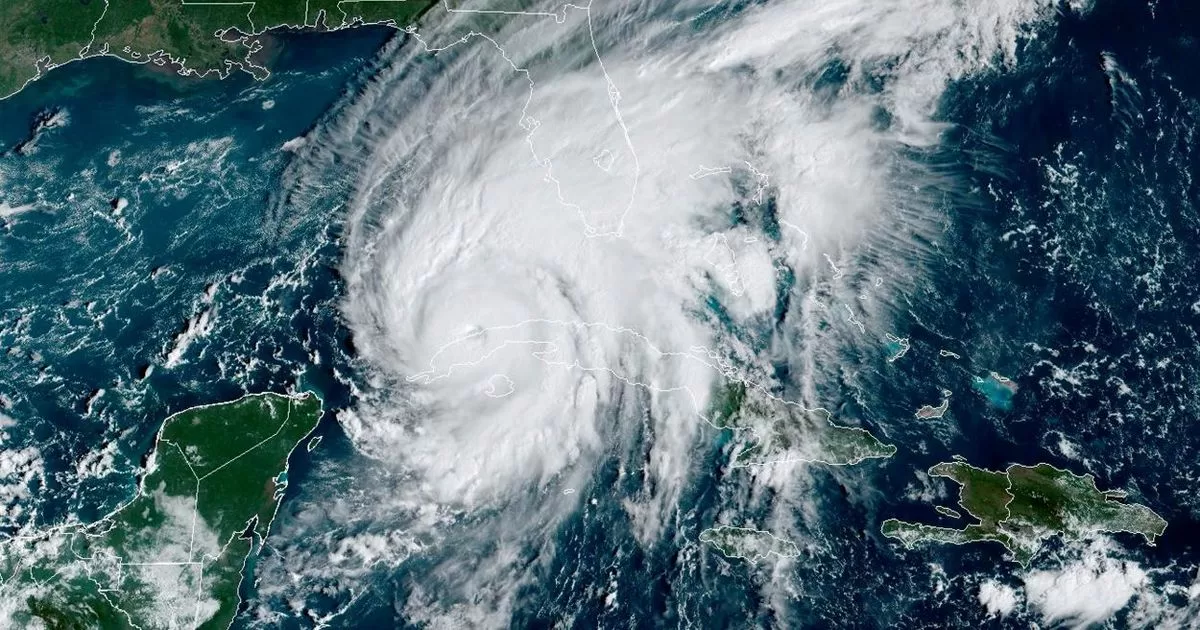ST. PETERSBURG— The “cone of uncertainty” produced by the National Hurricane Center to forecast the location and strength of a tropical storm will be updated this year to include predictions for inland areas of USAwhere winds and flooding are sometimes more dangerous than coastal damage.
The NHC said Thursday on social media site June 1.
“This experimental graph will help better communicate the risk of inland winds, in addition to the risks of coastal winds,” the Miami-based center said in its publication.
The traditional cone that has been used for years generally shows the forecast path of a hurricane or tropical storm, but it focuses on winds and storm surge on the coasts, and meteorologists always caution against looking just at the center line. . Heavy rain and wind can be deadly and cause significant damage in inland areas, which occurred in 2022 with Hurricane Ian, when 149 people died in Florida.
The goal of the expanded forecast is to ensure that people who don’t live along a coast are aware of the dangers they could still face, said Jamie Rhome, deputy director of the NHC. The new cone includes colors to show which places face threats in a much broader way than before. If someone lives in one of those areas, “they are at risk,” Rhome said.
Climate changes
There is growing evidence that the effects of climate change—such as rising sea levels—are making the strongest hurricanes even more intense, and this has increased the likelihood that a developing hurricane will intensify rapidly. which will generate more flooding and more powerful storm surges on the coasts, according to experts.
After Ian devastated the Fort Myers area—where most of the deaths occurred and the worst damage was reported—the storm continued to dump rain and topple trees across a wide swath of Florida. There was flooding around Orlando and its amusement parks, south to Kissimmee, east to Daytona Beach, and in the cattle and citrus country of central Florida.
Ian dumped 10 to 20 inches (25 to 51 centimeters) of rain across much of central Florida, the NHC reported.
People living near rivers were deeply and unexpectedly affected. After Ian slowly moved through interior DeSoto County and the Peace River flooded the community, Fire Chief Chad Jorgensen urged residents to flee, saying the river was unpredictable and dangerous.
The first named storm of 2024 will be Alberto. The 2023 season recorded 20 named storms, according to the US National Oceanic and Atmospheric Administration, including seven hurricanes. Only Hurricane Idalia impacted the US territory, making landfall in the sparsely populated Big Bend region on Florida’s Gulf of Mexico coast, but it also caused significant flooding inland.
Source: AP



